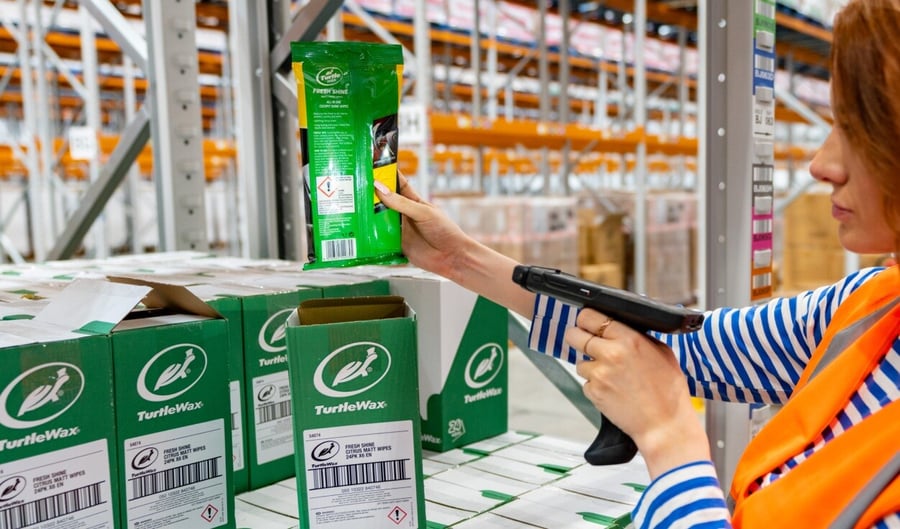Cyber Monday UK 2025: How to win the Cyber Monday eCommerce game
Cyber Monday UK brings big orders and bigger delivery pressure. Here’s how to win the Cyber Monday eCommerce game.

Cyber Monday UK brings big orders and bigger delivery pressure. Here’s how to win the Cyber Monday eCommerce game.

Get Black Friday 2025 tips straight from the experts. Read seven pieces of Black Friday advice, all direct from fulfilmentcrowd staff.

Prepare your brand with our 2025 Black Friday eCommerce tips. Explore trends and strategies that boost sales, streamline logistics, and meet demand.

Prepare for Black Friday fulfilment in 2025 with our expert tips. It's your guide to maintaining positive customer experiences in the busiest time of year.

Discover the omnichannel strategies that help brands during peak season by reducing costs and improving customer experience.

Discover how PHIX partnered with fulfilmentcrowd to scale smarter, not harder. Explore their journey to streamlined fulfilment, operational efficiency, and eCommerce growth in this success story.

Compliance, fees, regulations – there's a lot changing in the world of fulfilment as we head into peak 2025. Here's a round-up of the main headlines.

Even the best-laid plans can go wrong during the holiday season. Here are some practical peak season eCommerce tips to help you out when they do.

We're proud to share that we've achieved record-breaking growth in the last year, recording £20 million in revenue for the first time.

Struggling with late deliveries and stock issues during peak season? Learn how a 3PL switch can save your business from a peak season disaster.

Peak season logistics provide the foundation for a stress-free peak. Learn the fundamentals of peak fulfilment that every brand needs for a smooth, profitable peak season across DTC and B2B channels.
Get in touch with our team today for a bespoke solution built around your brand.
Speak to an expert